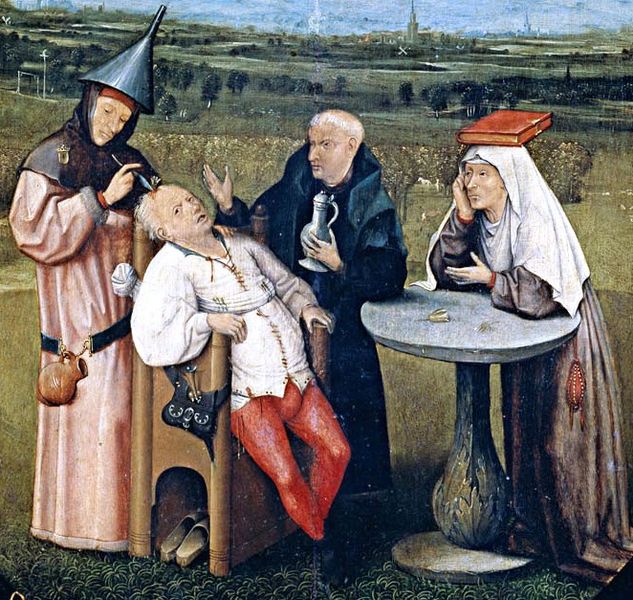On July 1, 1959, a social psychologist named Milton Rokeach began an experiment in Ypsilanti State Hospital in Michigan to explore the nature of delusions. He gathered three paranoid schizophrenics who each believed they were Jesus Christ and put them in one room. Technically, there can only be one Jesus Christ. So how did the three schizophrenics respond to each other’s claims that they were Jesus?
The experiment ran for two years, with the three patients meeting regularly with Rokeach (under the guise that it was a support group). The initial meetings were far from peaceful. One “Christ” would yell out that the other two were fakes, while another would decry that he would not worship the other Christ as he was the real Jesus. The third reasoned that there cannot be more than one Jesus, and that he was the Good Lord. The arguments escalated to the point of physical violence in many cases. No one would budge and accept that the other person could be Jesus, as they themselves were Jesus. It was the ultimate paradox and cognitive dissonance, as there can be only one Jesus.
Rokeach hoped that the patients would soon see the error of their delusions. He even went as far as sending each of them fake letters from the patient’s “wife” and “the hospital boss” to see if they would alter their routine as the letter advised. But instead of breaking down and accepting that they were deluded, the three patients each found an explanation to resolve the cognitive dissonance.
One patient declared that his fellow patients were actually dead but being controlled by “machines”, thus their arguments were not credible. The other two explained that the other patients were “crazy” people with mental health issues, thus they should not be believed.
This is not a surprising ending to the story, as the definition of a delusion is that it is a “fixed, false belief not amenable to reason”. By definition, a delusion cannot be “reasoned” or broken with logic. Even if you blatantly show the patient proof that their delusion is not real, the patient will not yield. Instead, they will find creative ways to work around the inconvenient truth. Ergo, no matter what evidence you put forward, those three patients would always, in their mind, be the one and only Jesus Christ.
Now let us assume that you met a doppelgänger who states that they are the real “you”, challenging your identity. How would you respond? Challenging one’s identity is the most vicious attack possible, as no person is secure enough with their own identity to be unaffected by the attack. Because people define themselves with a set identity, changing even a small portion of their identity causes extreme confusion and panic. To avoid such emotional turmoil, the brain does everything in its power to protect the identity it believes in. This is why people will respond with fury and anger when their identity is challenged.
People say that “I know myself the best”. But if we construct our identities around flimsy, false foundations, we would still cling to the idea that that is our true identity. If people were to suggest that we are not who we think we are, our brain would defend its identity at all costs. In that case, are our identities delusional? How do we know whether our identity is the real us, or a delusion our brain is clinging to?
Better yet, imagine that everyone around you claimed that you are a duck. Even though you know for sure that you are not a duck, everyone else sees you as a duck and defines you as a duck. An interesting thing about delusions is that the definition includes the phrase: “…and not in keeping with that person’s subculture”. This means that if everyone in your subculture were to say that your belief and your identity were wrong, you could be labelled “delusional”. In that case, are you crazy or is everyone else crazy?










